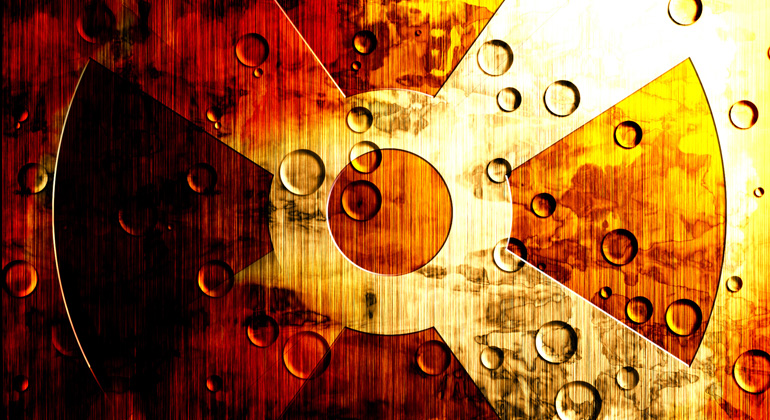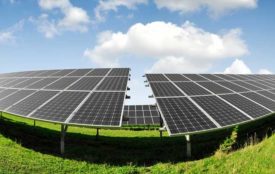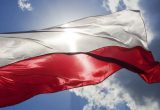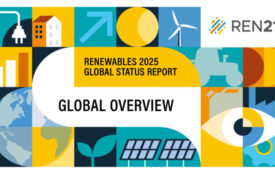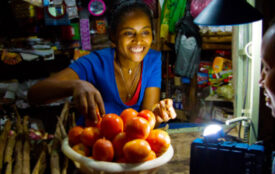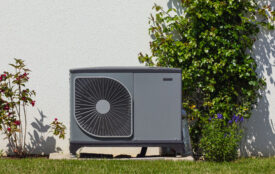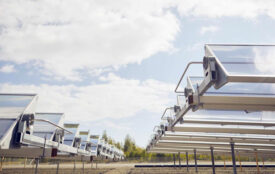Nuclear power is being left behind, industry experts say
The 2018 edition of the Nuclear Industry Status Report (WNISR) reveals that nuclear power capacity grew by only 1% in 2017, while wind and solar saw their share increase by 17% and 35%, respectively.
The report also recognizes that solar and wind are now the cheapest grid-connected sources of energy. Investments in new nuclear plants, on the other hand, are only being driven by public support, and by nuclear weapon states.
The relative prices of electricity generation sources have switched, and solar and wind energy are now, in most countries, the cheapest grid-connected sources of energy.”
This statement, though it sounds like a press release from a renewable energy trade body, or a campaign from an environmental group, is one of the main conclusions of the 2018 edition of the Nuclear Industry Status Report (WNISR), which is published each year by French independent consultant specializing in nuclear energy, Mycle Schneider.
It is said to be based on a third-party-perspective, aimed to open discussion on the sustainable development of nuclear energy and a rational approach to thinking of the nuclear industry at large.
According to the authors, nuclear power will have few chances to compete in the future, if it does not prove to be able to develop commercially available, smaller, factory-assembled, modular reactors, at lower cost, with reliable, passive safety features and, above all, if it is not able to attract private investors; “the prospects of which seem remote,” according to the report.
The share of nuclear in global power production has dropped significantly, from 17.5% in 1996 to 10.3% in 2017. “It is instructive to note that the construction of new nuclear power plants is mostly driven and backed by states, and not by the private sector,” the report further notes. On top of this, most state proponents of nuclear power programs are nuclear weapon states.
Support for nuclear power projects, the document says, is being given by countries that are prepared to offer public support, and often this is facilitated by rent-seeking and corruption. Especially due to their large size (between 1 GW and 1.6 GW), nuclear power facilities are said to be an unviable solution for many African developing countries, the power systems of which are usually small and not equipped to integrate big capacities.
Furthermore, the report highlights that solar and wind saw its share in the global power mix increase by 35% and 17% in 2017, while the growth of nuclear power was of only 1% last year. Only four reactors became operational in 2017, of which three were in China and one in Pakistan, while construction started on another five plants worldwide.
- Read more
- Nuclear Power : Strategic Asset, Liability or Increasingly Irrelevant ? The World Nuclear Industry Status Report 2018 Released
- World Nuclear Industry Status Report 2018 (pdf)
Source
Der Bericht wurde von
der Redaktion “pv-magazine”
(Emiliano Bellini) 2018 verfasst
– der Artikel darf nicht ohne Genehmigung weiterverbreitet
werden! More
articles from Emiliano Bellini
| “pv magazine” 09/2018 | Online bestellen!
